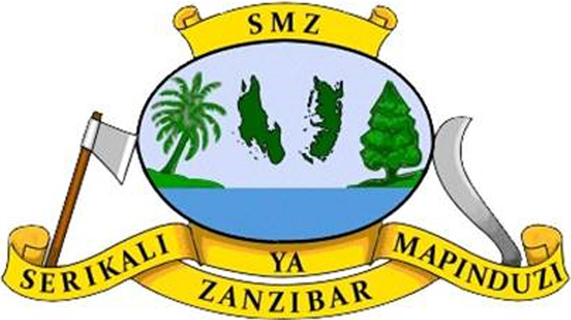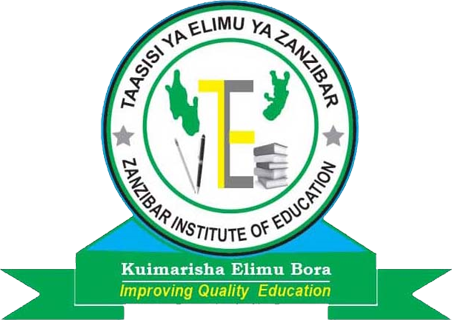Meiosis is a process where germ cells divide to produce gametes, such as sperm and egg cells. In prophase I of meiosis, chromosomes condense and homologous recombination takes place, leading to genetic variation through chromosomal crossover. This forms a tetrad, which is made up of four chromatids (two sister chromatids per chromosome).
Plant cells have a cell wall in addition to a cell membrane, whereas animal cells have only a cell membrane. Plants use cell walls to provide structure to the plant. Plant cells contain organelles called chloroplasts, while animal cells do not. Chloroplasts allow plants to make the food they need to live using photosynthesis.
All living things are made up of cells, which is the smallest unit that can be said to be alive. An organism may consist of one single cell (unicellular) or many different numbers and types of cells (multicellular).
Mitosis is how cells divide! Learn what happens in all the phases of mitosis: prophase, metaphase, anaphase, and telophase.
Binary fission, budding, mitosis, fragmentation, parthenogenesis and sexual reproduction.
Breaking down photosynthesis into light dependent reactions and Calvin cycle..
Enzymes as catalysts for reactions in biological systems; discussion of substrates, active sites, induced fit, and activation energy.
Overview of animal and plant cells. Topics include cell walls, vacuoles, chloroplasts, peroxisomes, lysosomes, mitochondria, etc.
Introduction to the cell.
Introduction to cell theory--the idea that 1) all living things are made of one or more cells, 2) cells are the basic unit of life and 3) all cells come from other cells. Explore the roles that Hooke, Leeuwenhoek and others played in developing cell theory.
Hooke and Leeuwenhoek were two of the first scientists to use microscopes to study the microscopic world of cells. Hooke coined the term "cell" after observing the tiny compartments in cork, while Leeuwenhoek discovered a variety of living creatures in pond water, blood, and other samples. They contributed to the cell theory by suggesting that cells are the fundamental units of life and structure, and that all living things consist of one or more cells that originate from other cells by division.


